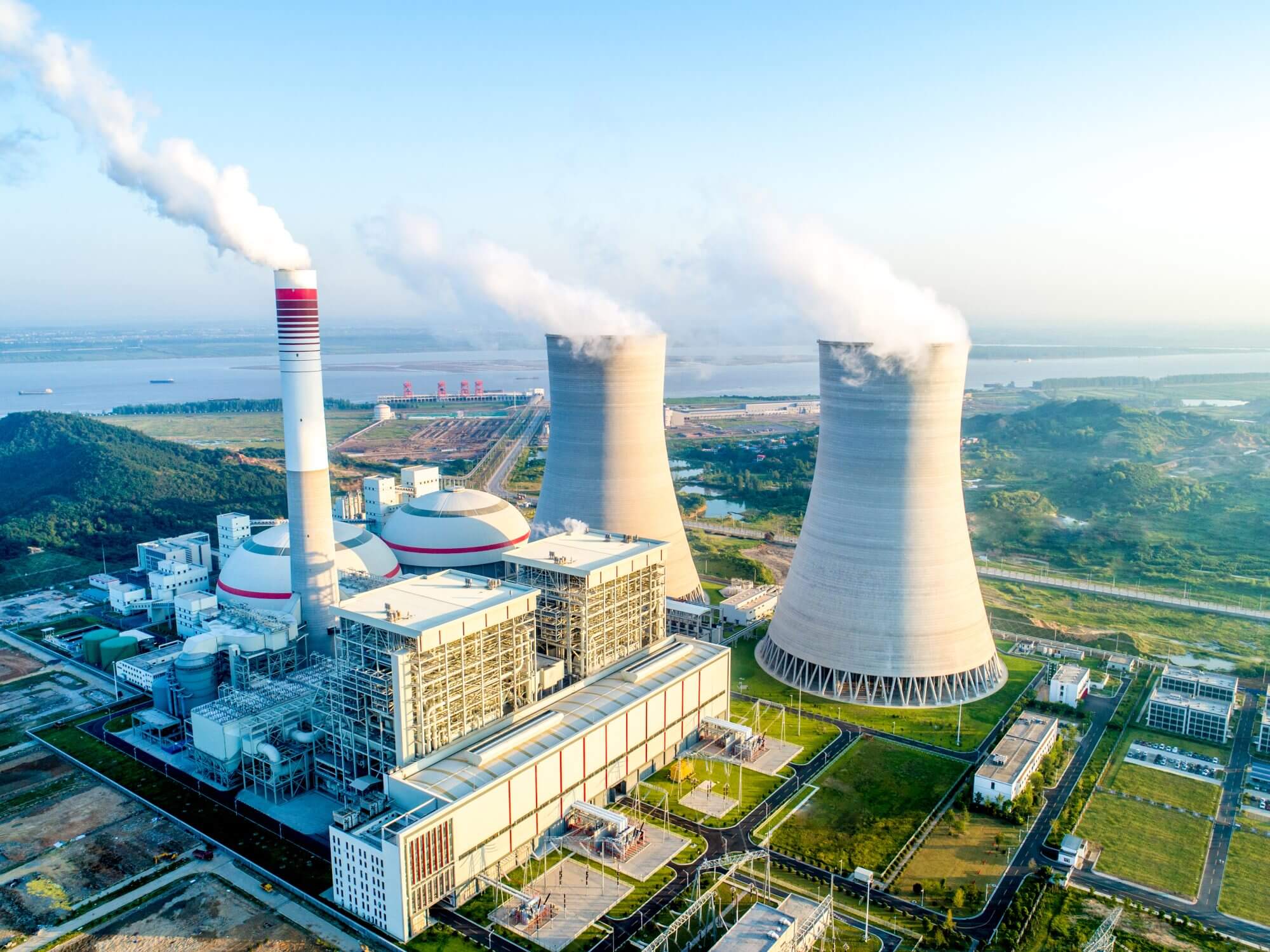Creating intrinsically motivated safety cultures within nuclear power plants is imperative, especially during the decommissioning process. Employees’ long-standing beliefs and attitudes often determine their decisions and actions, so cultivating a safety-first culture requires commitment and accountability.
Employers must remind their staff of their safety practices during power plant decommissioning. TRC can help businesses prepare a safety culture to protect employees and streamline procedures.
Related Services
What Is Power Plant Decommissioning?
Decommissioning a power plant is the process of preparing a plant for reuse or closure. This means taking down the plant and facilities and removing all the fuel from a nuclear power station. This process may begin with the owner’s decision to declare that it’s permanently removed from operation.
Decommissioning includes site and facility decontamination, dismantling, radiological and physical characterization, planning and materials management. After wastes are removed and decontamination is verified, power plant decommissioning concludes with license termination.
Plant officials must consider field decommissioning at the earliest stages of a nuclear facility’s development, as it is a natural part of its lifetime.
Why Are Power Plants Decommissioned?
Nuclear power plants need to be decommissioned, decontaminated and demolished at the end of life so that the site can be prepared for alternate uses. A plant owner must submit a Post Shutdown Decommissioning Activities Report (PSDAR). This outlines the general plan for power plant decommissioning to allow workers to remove radioactive waste and dismantle the facility safely.
How Power Plant Decommissioning Plans Facilitate Safe Practices
Power plant decommissioning plans facilitate contaminated material disposal in two ways — removing and shipping it to a waste disposal, storage or processing facility or decontaminating it onsite for free release or landfill disposal.
The decommissioning process involves:
- Removing used nuclear fuel from the reactor and placing it into the used fuel pool
- Transitioning used nuclear fuel into dry storage containers, which can be transported offsite or stored onsite
- Dismantling components or systems containing radioactive products like the reactor, reactor vessel and plant support systems
- Dismantling or cleaning up contaminated materials from the facility

Requirements for Creating a Culture of Safety
An announcement to close a nuclear plant can be a major disruption in any work environment, impacting the company and plant’s safety culture.
Factors contributing to a positive safety culture include:
- Continued utilization of the existing nuclear safety culture during operations
- Rewarding safety issue identification
- Anticipating near-miss situations developing into accidents
- Committing to safety overproduction
- Employing a participative management leadership style
- Recognizing ambiguity, as all safety issues may not be apparent
- Suspending assumptions about past activity practices
- Sharing contributions and values among all organizational levels
- Scanning for worst-case scenarios or unintended consequences
- Using multilevel communication to gather various viewpoints
- Adhering to the procedures consistently
- Implementing corrective actions promptly with minimum extensions
- Regulatory-driven and conservative practices for mitigating defined and undefined hazards
Risks of Power Plant Decommissioning
The potential for accidents, radiological contamination, and long-term economic, public health and environmental damage increases as plants are dismantled and radioactive materials are moved and stored. With legal diligence and proper planning, the liability risks associated with nuclear decommissioning are manageable.
Looking for effective solutions to your problems?
Turn to the experts at TRC. With 20 years of nuclear decommissioning experience and over 40 successful projects, TRC’s integrated approach can help you manage the decommissioning process safely. Contact us today to learn more about TRCs RE POWER® program.


